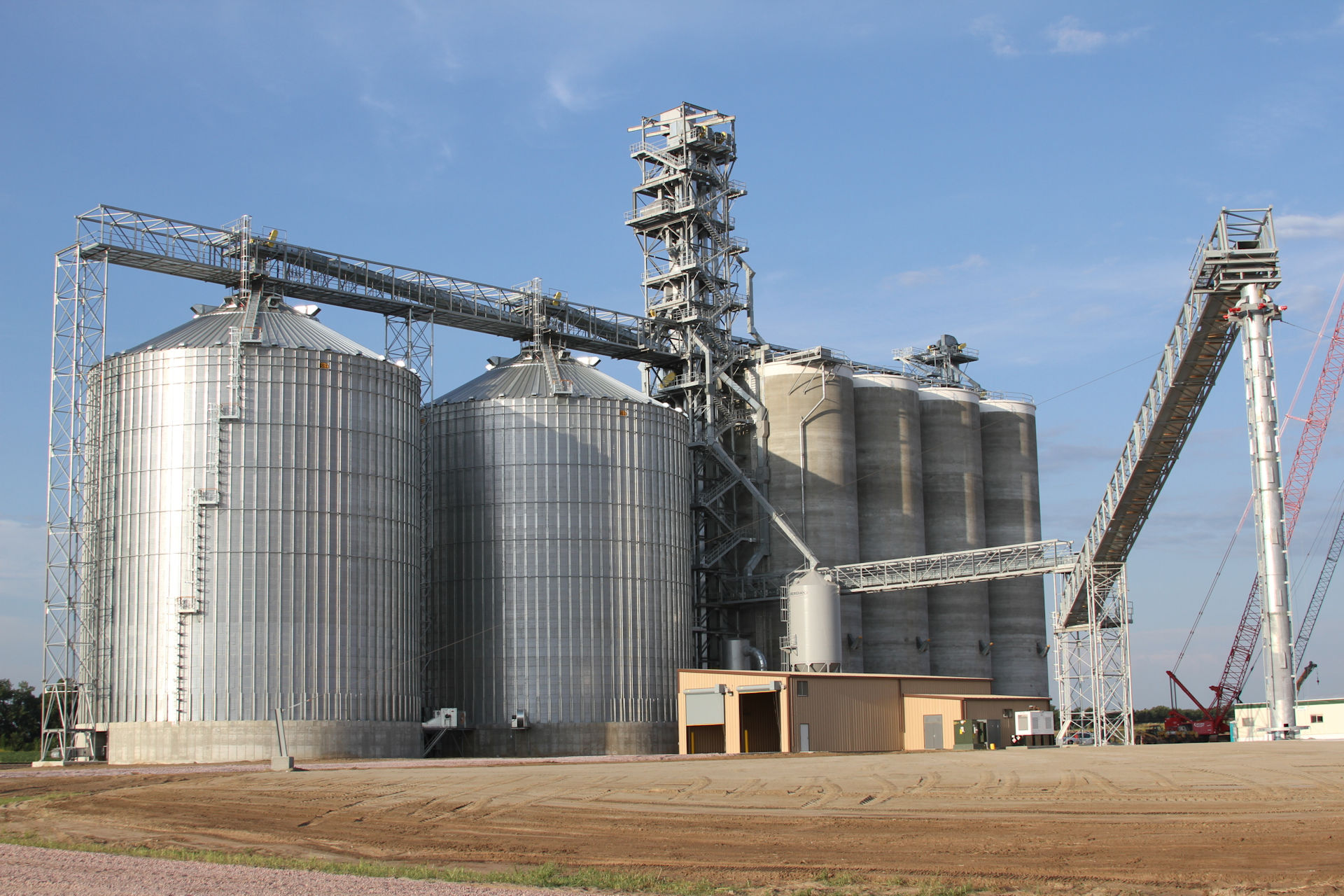Planning a facility shutdown is no small task. Whether for preventative maintenance, system upgrades or large-scale construction projects, a poorly managed shutdown can lead to costly delays and safety risks. At McCormick Construction, we’ve managed complex shutdowns across agriculture, food and beverage, industrial, and renewable energy–where timing, safety and communication are everything.
This guide explores the top 5 things to consider before planning a facility shutdown.
1. Understand your industry’s specific shutdown requirements
Facility shutdowns look different depending on your industry—and your planning should reflect that. Whether you manage a food production plant, grain elevator, manufacturing facility, or renewable energy site, a shutdown is an opportunity to improve systems, perform critical maintenance or upgrade infrastructure.
Ask yourself:
- What are your regulatory or seasonal timing constraints?
- Can the shutdown occur in phases to limit disruption?
- What systems need decommissioning or upgrading?
Align your shutdown plan with your industry’s operational rhythms, like harvest schedules in agriculture or grid load cycles in energy, to minimize downtime and risk.
2. Scope, schedule and sequence every detail
Begin with a clear understanding of what the shutdown needs to accomplish. From equipment decommissioning to full-scale facility upgrades, the more specific the scope, the easier it becomes to plan labor, materials and timelines.
Create a detailed schedule that includes:
- Pre-shutdown prep (materials, permits and crew onboarding)
- Shutdown execution (demolition, install and testing)
- Restart and commissioning (training, inspections)
Sequencing matters. For example, a food facility shutdown may need sanitation validation before resuming operations, while a manufacturing plant might prioritize getting certain lines operational before others.
3. Make safety the cornerstone of your plan
No matter the sector, construction safety is non-negotiable. Shutdowns can increase risks due to compressed schedules, temporary crews or working near live systems.
Prioritize safety by:
- Conducting site-specific hazard assessments
- Enforcing lockout/tagout and confined space protocols
- Communicating procedures to all contractors and staff
- Ensuring compliance with Occupational Safety and Health Administration (OSHA), The National Fire Protection Association (NFPA) and industry-specific regulations
This is especially important for renewable energy construction, where electrical systems or structural heights add complexity, or industrial sites, where shutdowns may take place near live equipment.
4. Coordinate shutdown logistics with precision
The logistics behind a successful shutdown can be as complex as the construction itself. From crew scheduling and equipment delivery to waste disposal and inspection timing, missteps can quickly impact your timeline and budget.
To avoid this:
- Plan ahead for material lead times and staging needs
- Communicate early with subcontractors, inspectors and internal teams
- Build flexibility into your plan to adjust for delays
From single-shift operations to 24/7 production environments, every facility benefits from a well-planned shutdown strategy. Logistics planning is key to maintaining timelines and protecting ongoing operations.
5. Don’t neglect the restart phase
A shutdown isn’t complete until your facility is fully back online and operating safely. Allocate time and resources to:
- Perform systems testing and documentation
- Train staff on new equipment or layouts
- Close punch list items before resuming full production
If your team is rushing the restart, mistakes are more likely—and they can be costly. Whether you’re rebooting a grain drying system or restarting a food-grade packaging line, take a phased approach to ensure everything is functioning correctly and safely.
A well-planned facility shutdown is more than just hitting pause. It’s an opportunity to make meaningful improvements, correct inefficiencies and set your operation up for long-term success. By prioritizing planning, safety and clear communication, your team can turn even a short shutdown into a major win.
Looking for support with your next shutdown project? Choose a general contractor that understands your industry; it makes all the difference. Contact us to talk through your goals and get a plan that works for your operation.

